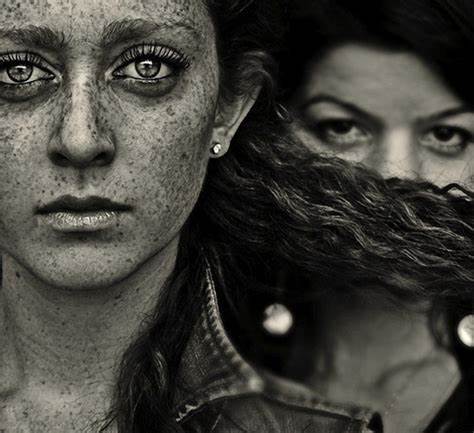Diane Arbus was an American photographer considered one of the best and most authentic photographers of the 20th century. She was the photographer of the underprivileged, famous for her striking images of people who were marginalized, peculiar or otherwise out of the ordinary.
Expert in looking and capturing where others avert their eyes, Diane Arbus was a unique and essential photographer, who has inspired numerous renowned photographers and has impacted in one way or another anyone who has peeked into her world.
Do you want to know her in depth? Let's start at the beginning, who was Diane Arbus?
BIOGRAPHY
Diane Nemerov was born in New York into a wealthy Jewish family on March 14, 1923. Thanks to the family business, she has had contact with fashion since she was young. At the age of 18, she married Allan Arbus with whom she will have two daughters: Doon and Amy Arbus and from whom she will receive her last name, renamed Diane Arbus.
She learns photography from her husband and they open a studio together (Diane & Allan Arbus), working for fashion magazines such as Esquire , Vogue , or Harper's Bazaar .
Thanks to her work, she received two grants from the Guggenheim Foundation to continue developing as a photographer. Another of the episodes that will define her career is studying with the photographer Lisette Model, from whom she learned new ways of looking and technically improving her photographs.
Berenice Abbott, Robert Frank or Alex Brodovitch are other photographers who influenced her style.
In 1959, she separated from her husband, which caused her great devastation but at the same time this traumatic event made her improve her photographic style. She decides to leave the world of fashion and dedicates herself to photographing people from the slums of New York, looking for people with an unconventional appearance: dwarfed, taller than normal, twins, transvestites, transsexuals, nudists, prostitutes, etc.
In 1971, after suffering numerous episodes of depression, he committed suicide in New York at the age of 48.
NOTABLE EPISODES IN THE WORK OF DIANE ARBUS
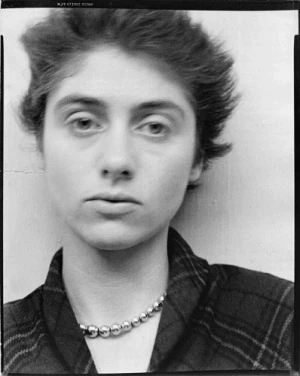
- Guggenheim Fellowship
- Robert Leavitt Award
- The National Library of France acquires part of his works
- Retrospective in 1972 at the MoMA in New York
- First female photographer to exhibit at the Venice Biennale
ARTWORK BY DIANE ARBUS
Diane Arbus's work is mainly known for her photographs of people who are marginalized or peculiar in some way, the freaks , as she herself calls them. Although she is trained in fashion photography, it is in this second stage, where she develops her most personal style.
Diane Arbus's photographs are easily recognizable, since they do not leave the viewer indifferent, much less in the historical moment in which they were taken. They are raw and direct photographs, which force us to look in places where the rest often avert their eyes.
I tend to think of the act of photographing, generally speaking, as an adventure. My favorite thing is to go where I've never been.
diane arbus
CHARACTERISTICS OF THE WORKS OF DIANE ARBUS
Diane Arbus's work has a very marked style, not only because of the type of protagonists she chooses for her work, but also because of the way she portrays them. Her photographs are very direct and with few artifices.
Often the protagonist is located in the central part of the frame, looking directly at the camera and, therefore, at the viewer. He usually also uses fill flash to portray his protagonists , and he always uses black and white .
Diane's photographs capture the soul of those she photographs. If you look closely, you will see that she hides a deep beauty in them.
FIRST STAGE
It is her initiation stage, she focuses on fashion photography with her husband, first for the family business and later they begin to work with famous fashion magazines such as Vogue , Harper's Bazaar or Esquire .
Tired, according to her, of the superficiality of the world of fashion and with the trigger of their separation, Diane focuses on a new stage.
SECOND STAGE OF THE WORK OF DIANE ARBUS
This second stage begins after their separation and is highly influenced by the movie Freaks ., tape that caused a stir in the society of the moment and very influential for Diane.
In Freaks, the protagonists are monsters , people with malformations of all kinds. But the real evil lies in the normal human being . In him we find the true monster. This film exerts a great influence on his way of conceiving photography.
In this phase of the 60s, Diane Arbus generates what will be her most emblematic and recognized photographs. She wanders camera in hand through the streets of New York, through its most marginalized and dangerous neighborhoods, portraying the most disadvantaged or marginalized people.
He enters their houses, mixes with them, knows them and portrays them in a direct and courageous way. In his own words, she likes to be where he has never been, she doesn't conceive of creating something that she already knows.
His photographs focus, therefore, on marginal neighborhoods, morgues, traveling circuses, but also people on the streets of New York. Diane is able to bring out that weird, or different part, even in physically or emotionally normative people .
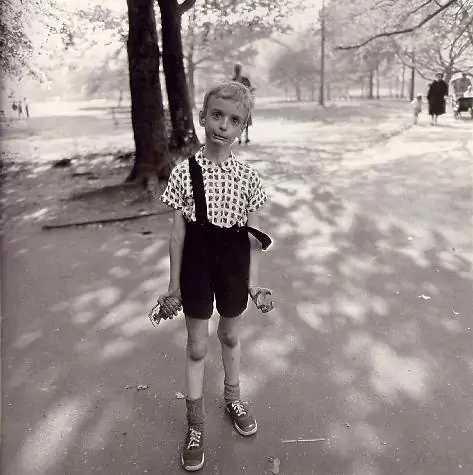
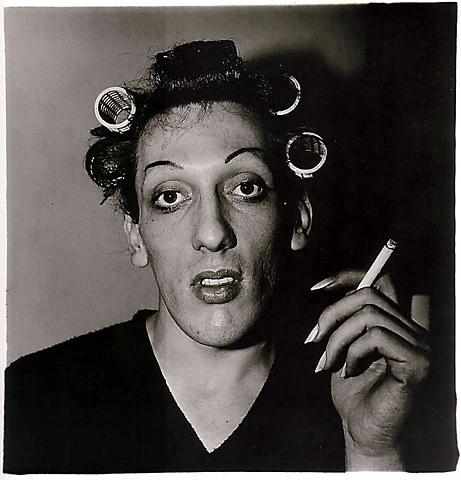
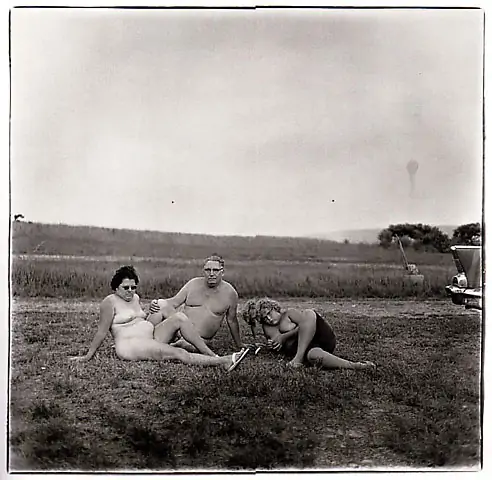
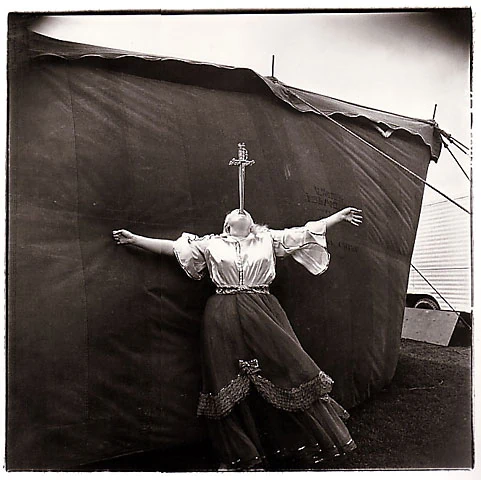
THIRD STAGE OF THE WORK OF DIANE ARBUS
In this last stage of her photographic career, Diane dedicated herself to portraying patients in various mental institutions.
As you can see, Diane always looks for that look on camera, she wants the protagonists to be aware of being portrayed, and to capture the bond that is established between them at that moment.
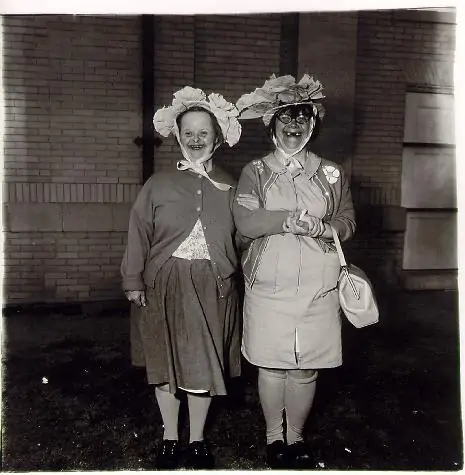
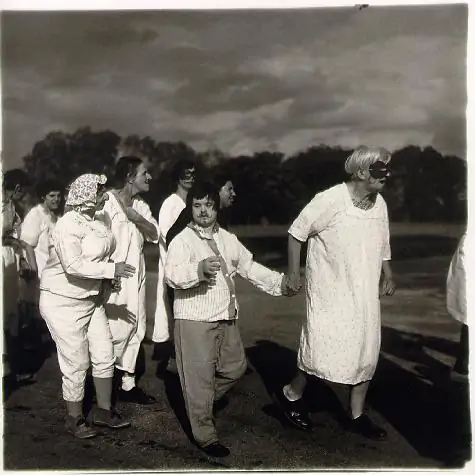
Diane Arbus's photos do not leave you indifferent, they generate reactions of all kinds in the viewer. There are those who are scared, fascinated, angry or moved. We find them beautiful or horrifying, they embarrass us, or fascinate us, captivate us or repel us… Or all at the same time.
DOCUMENTARY ABOUT DIANE ARBUS
In 1972, just one year after her death, this documentary was published, an essential work that includes Diane Arbus's own words thanks to the preserved recordings of one of her classes.
Narrated by one of his daughters, with contributions from Lisette Model herself, Marvin Israel or John Szarkowsky (the director of MoMA).
An essential documentary to learn more about this emblematic photographer.
BOOKS BY DIANE ARBUS
As strange as it may seem, there is not much bibliography on the work of Diane Arbus. It seems that her legacy has been faithfully protected by her daughters and they have not used it for profit in any way.
However, there are, luckily, some very interesting compilations of his works:
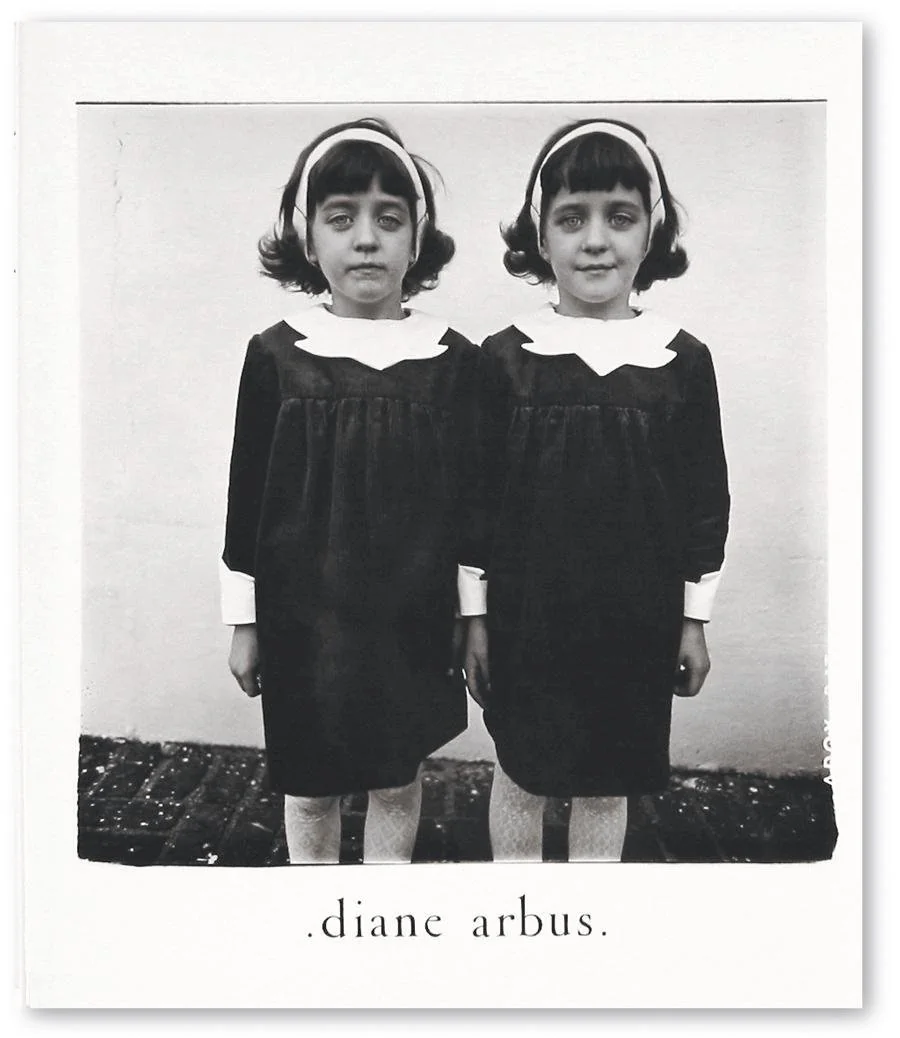
Diane Arbus : It is the essential book of her work, in whose creation her own daughter Doon and the painter Marvin Israel intervene, and which wants to be the faithful portrait of the author's work. You can buy it for €62.01
Untitled: It is based on the photographs he took in various mental institutions in the last stage of his work. You can get it for €70.00
Diane Arbus Magazine Work: Collects part of her work for fashion editorials. You can get him for N/A
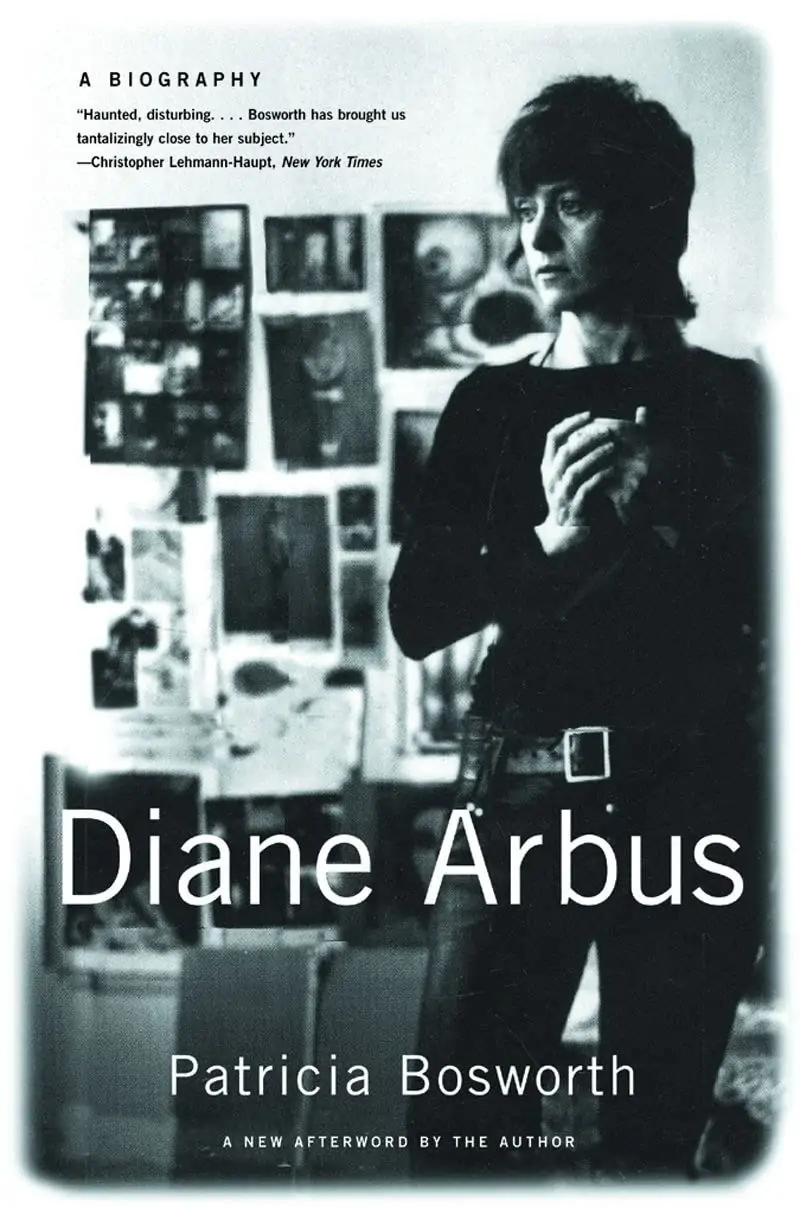
Diane Arbus a Biography: If you want to get to know Arbus in depth, this biography might be a good way to do it. You can get it for €15.20
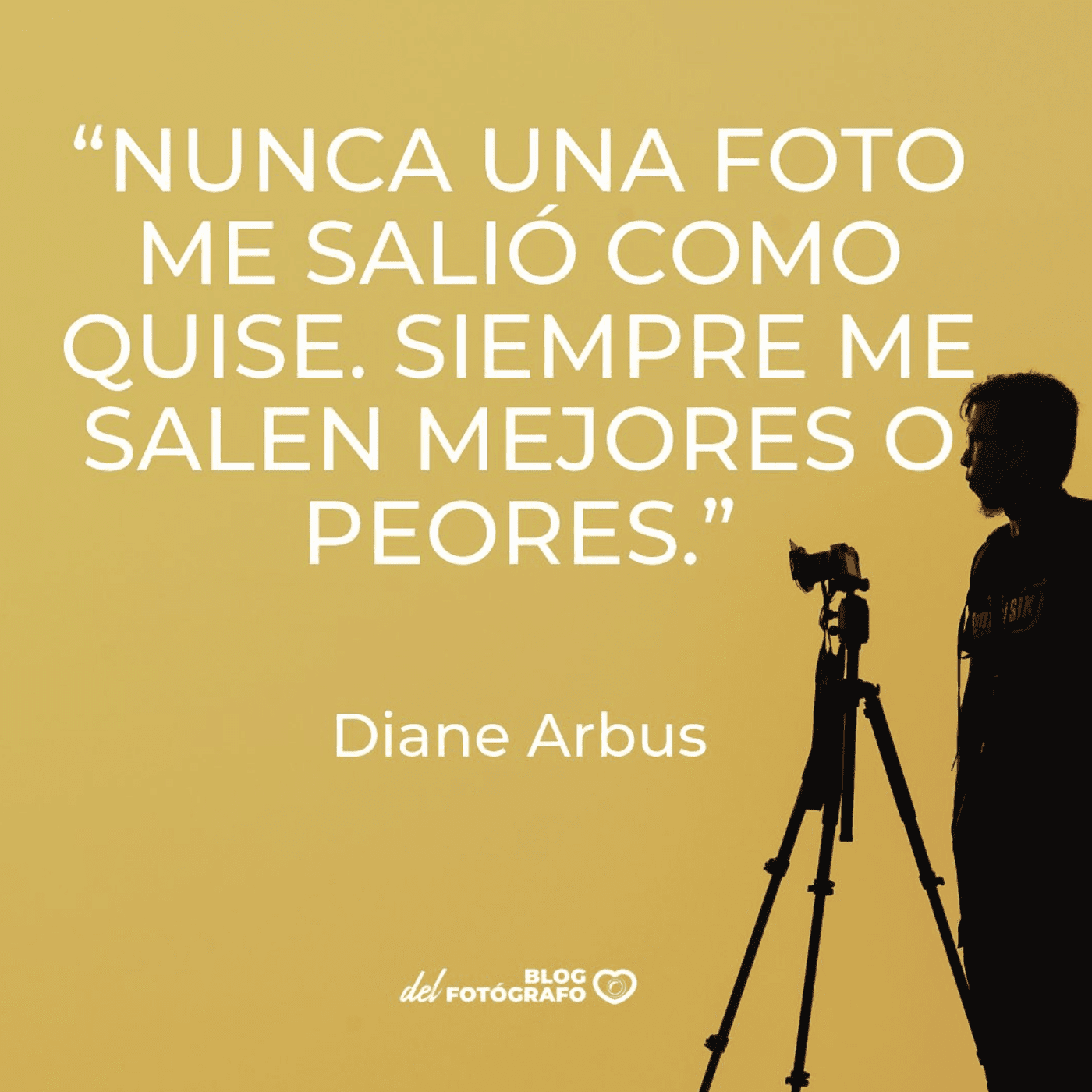
And up to here the work of this fascinating 20th century photographer, an immortal and timeless artist who invites us to reflect, who moves and stirs us and who should be part of our photographic culture.

